Why Now That's What I Call Music still has a special place in pop culture
No one would have expected the compilation series to reach 100 – but one fan explains why we still have room for ‘Now!’ in our hearts (and car stereos)
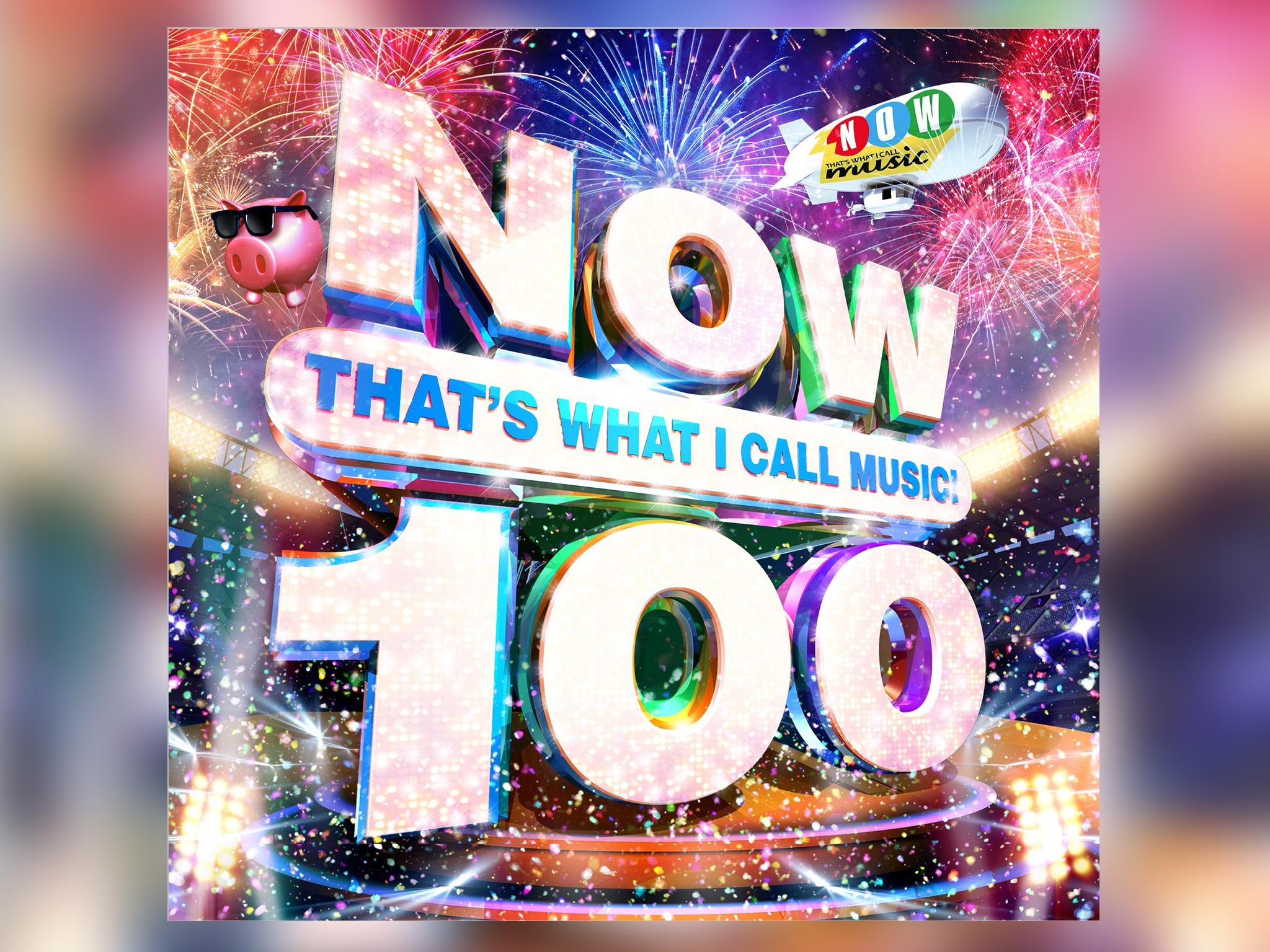
Now 100. There’s something quite satisfying about pop’s three biggest letters finally being joined by three figures, nearly 35 years after its unwieldy title and winning formula came into our lives.
Now That’s What I Call Music (no need for a number, yet) was released in December 1983 on a half-suspecting public. After a decade of compilation albums meaning bland cover versions, the concept stirred into life at the start of the Eighties, but too often short-term branding ideas (the film-themed Raiders of The Pop Charts for instance) and restrictive formatting (a single album of 10 tracks left little margin for flops) ensured a limited shelf-life.
The double-disc delight of the series – known as Now! in short – was to be one of its signature features alongside its seal of quality, strong artwork and detailed sleeve notes.
It soon took its seat at pop’s top table alongside Top of The Pops, Smash Hits and Radio 1’s Top 40. Its regularity – three volumes a year – in the face of changing trends felt comforting while ensuring the barrel was never truly scraped.
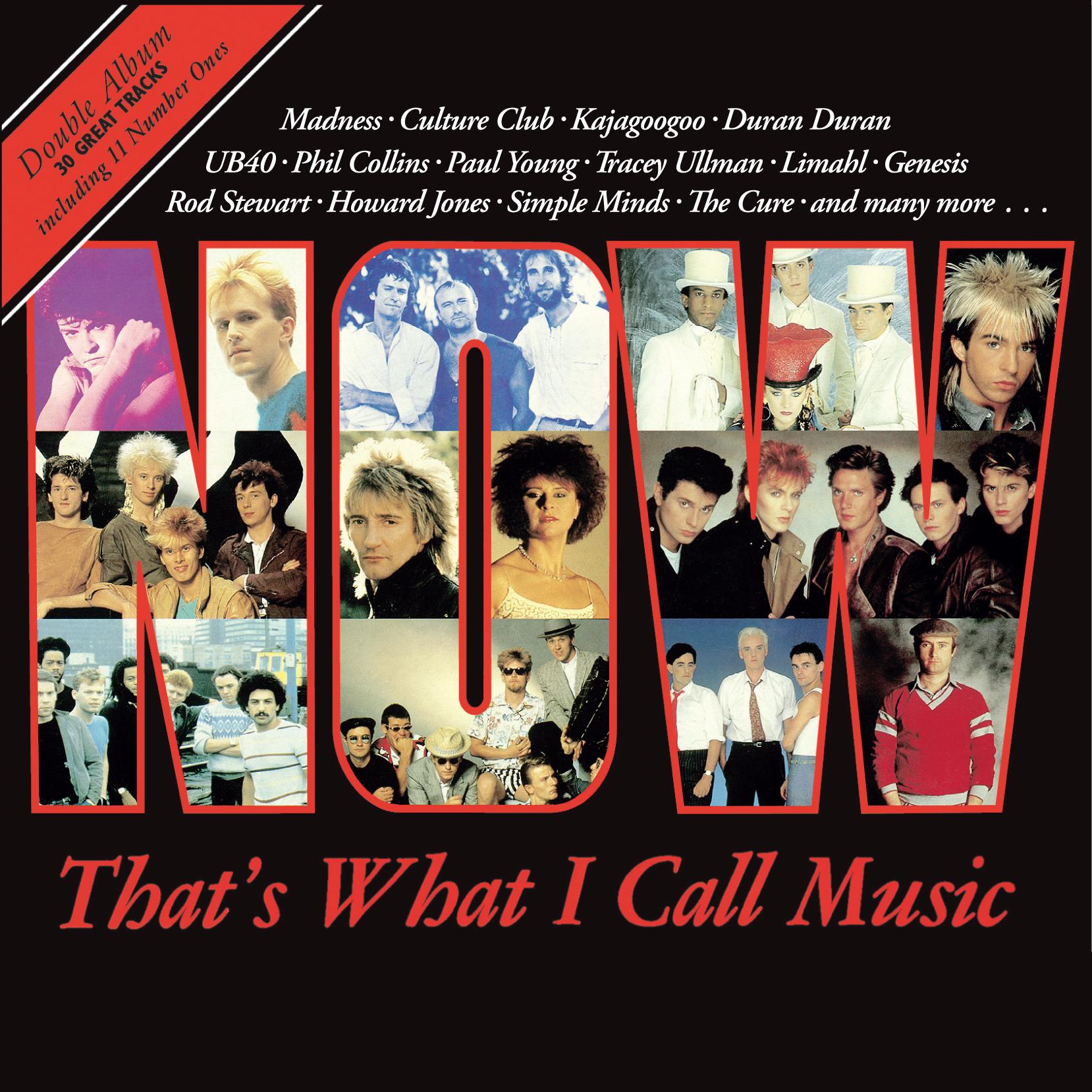
Crucially, though, the element of surprise was maintained as no one was sure when the latest edition – to use modern pop parlance – would “drop”. Mostly it was left to young, wide-eyed Smash Hits readers like myself to stumble upon a full-page ad announcing the latest volume and listing all tracks.
By the time I got my first taste with Now 8 on double-cassette in 1986, many of the early teething problems had been ironed out. Looking back, the first edition, for example, suffered from being a little too Kaja-centric, featuring as it did tracks by the original Kajagoogoo line-up with Limahl, another from the Limah-less Kajagoogoo, and Limahl’s first solo single (only one of these songs – “Too Shy” – would remain in the public conscious beyond the end of the year).
This sort of put-it-all-on-red move towards the flavour of the month would quickly be eradicated. At the same time, the pig-in-shades mascot – famously inspired by a picture on Richard Branson’s office wall – while fun for a while, would be allowed to put its literal trotters up after Now 5.
An early threat from arch-rivals Hits also had to be seen off. Its debut collection outsold Now! as the power of balance briefly shifted at the end of 1984, but – despite some big coups artist-wise and memorable artwork of its own – it would eventually lose its way. A final rebranding as Monster Hits at the end of the 1980s – an attempt to launch its own mascot years after Now! had paid off the pig – smacked of desperation. The war was won.
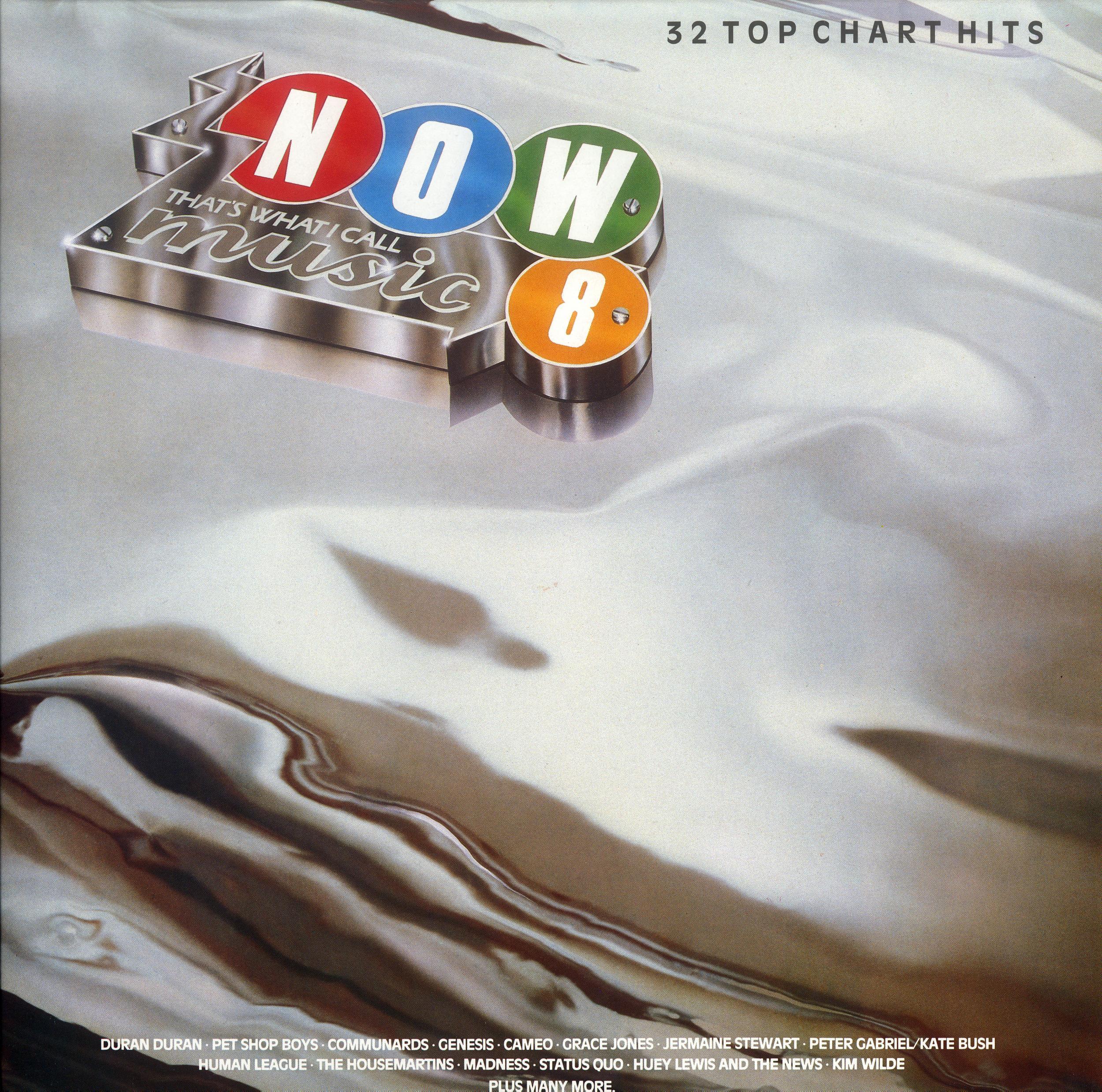
And yet Now! got a lot right from the start. An eye-bulging 11 No 1s were present on the first edition, but look again and you’ll find the latent influence of punk through the presence of Malcom McLaren, The Cure and Stiff Records’ definitive version of Kirsty MacColl’s “They Don’t Know” (courtesy of Tracey Ullman).
Enjoy unlimited access to 100 million ad-free songs and podcasts with Amazon Music
Sign up now for a 30-day free trial. Terms apply.
ADVERTISEMENT. If you sign up to this service we will earn commission. This revenue helps to fund journalism across The Independent.
Enjoy unlimited access to 100 million ad-free songs and podcasts with Amazon Music
Sign up now for a 30-day free trial. Terms apply.
ADVERTISEMENT. If you sign up to this service we will earn commission. This revenue helps to fund journalism across The Independent.
It was a democratic hallmark of Now! albums that all genres must be represented and soon entire sections of the record would be devoted to different types of music: “dance” sides emerged strongly in the late 1980s/early 1990s just as “indie” sides were a staple through Britpop. In fact, it could be argued that Now! did as much in the pre-digital age to diffuse music’s tribal instinct as Spotify does today.
Elsewhere care was taken – as with artist albums – to ensure that an upbeat opener (in this first instance, the Phil Collins-does-Supremes “You Can’t Hurry Love”) was matched with a closing ballad (Culture Club’s overlooked “Victims”). How much the listener appreciated this book-ending over the course of 30 tracks is open to debate, but it’s a tradition that exists to this day with Calvin Harris & Dua Lipa’s “One Kiss” being complemented by Justin Bieber’s “Love Yourself” for Now 100.
Everyone’s Now! golden years are different of course, and therein lies the beauty and strength of the concept. For me the slick covers of Now 6 to Now 16 – post-pig and pre-generic – will always best represent the prejudice-free joy of a pop-crazed childhood.
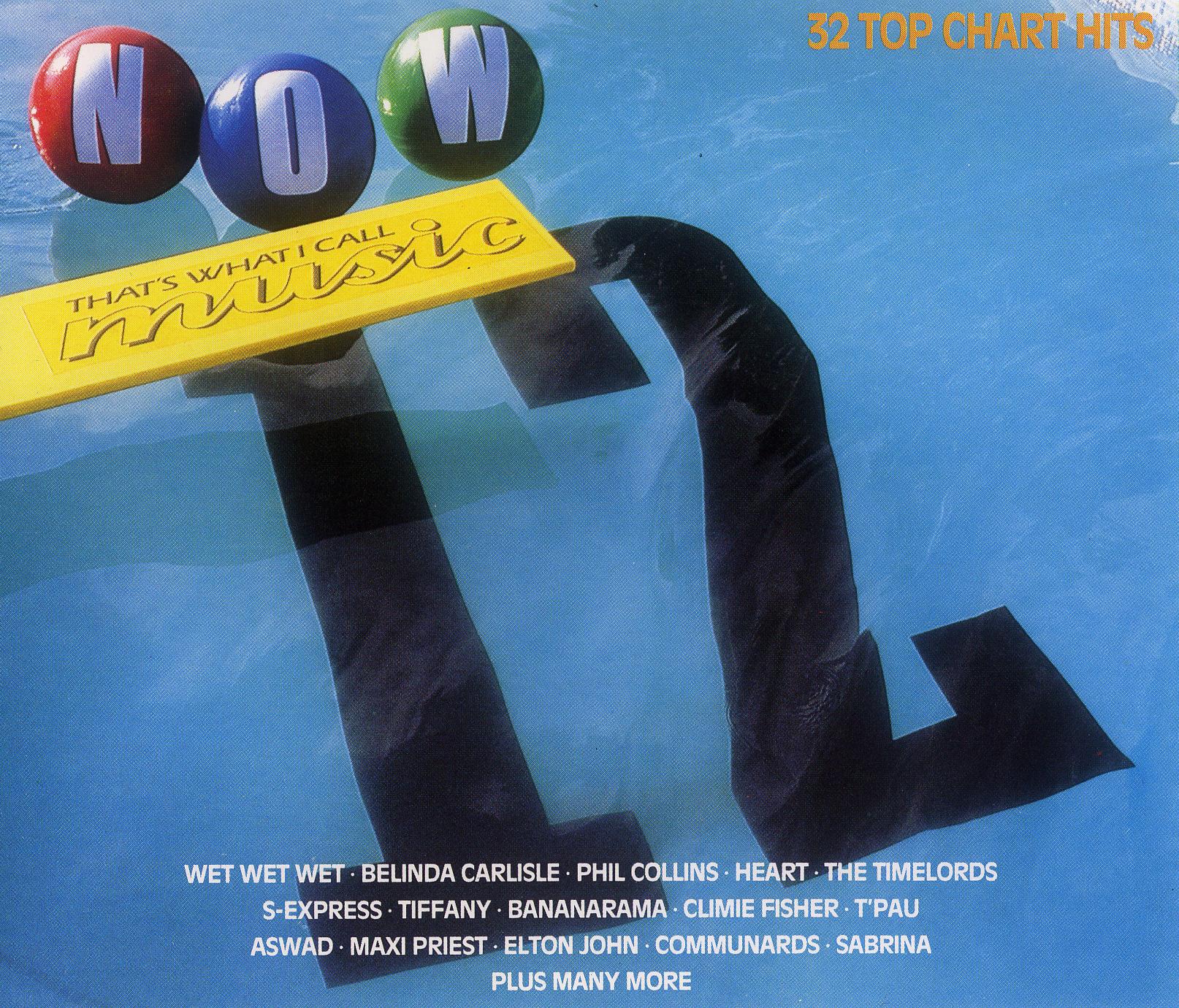
At the time I didn’t question the mad juxtaposition of Morrissey’s “Everyday Is Like Sunday” with bouncing beach balls on the cover. I just knew that its No 9 ranking earned it the right to feature alongside Sabrina’s “Boys (Summertime Love)”, which – come to think of it – was maybe who they had in mind when they designed the artwork.
Nothing lasts forever and, looking back, the school holiday sound-tracking Now 12 of of 1988 was a personal peak. Within 18 months, myself and Now! would go our separate ways, the age of innocence over for both of us. As a new decade began, Now! moved towards a more straightforward, does-what-it-says-on-the-tin approach, gaining sales but losing some of the charm of earlier collections.
Me? I’d heard The Stone Roses’ debut for the first time and things would never be the same again. The Smash Hits subscription was cancelled and the NME installed in its place. Now! was then: I had the Nineties to be getting on with.
Yet while I was away, the series prospered; 1999’s Now 44 was the most successful to date – selling 2.3 million copies, at the height of the CD market thanks to big hitters such as Britney Spears and Robbie Williams.
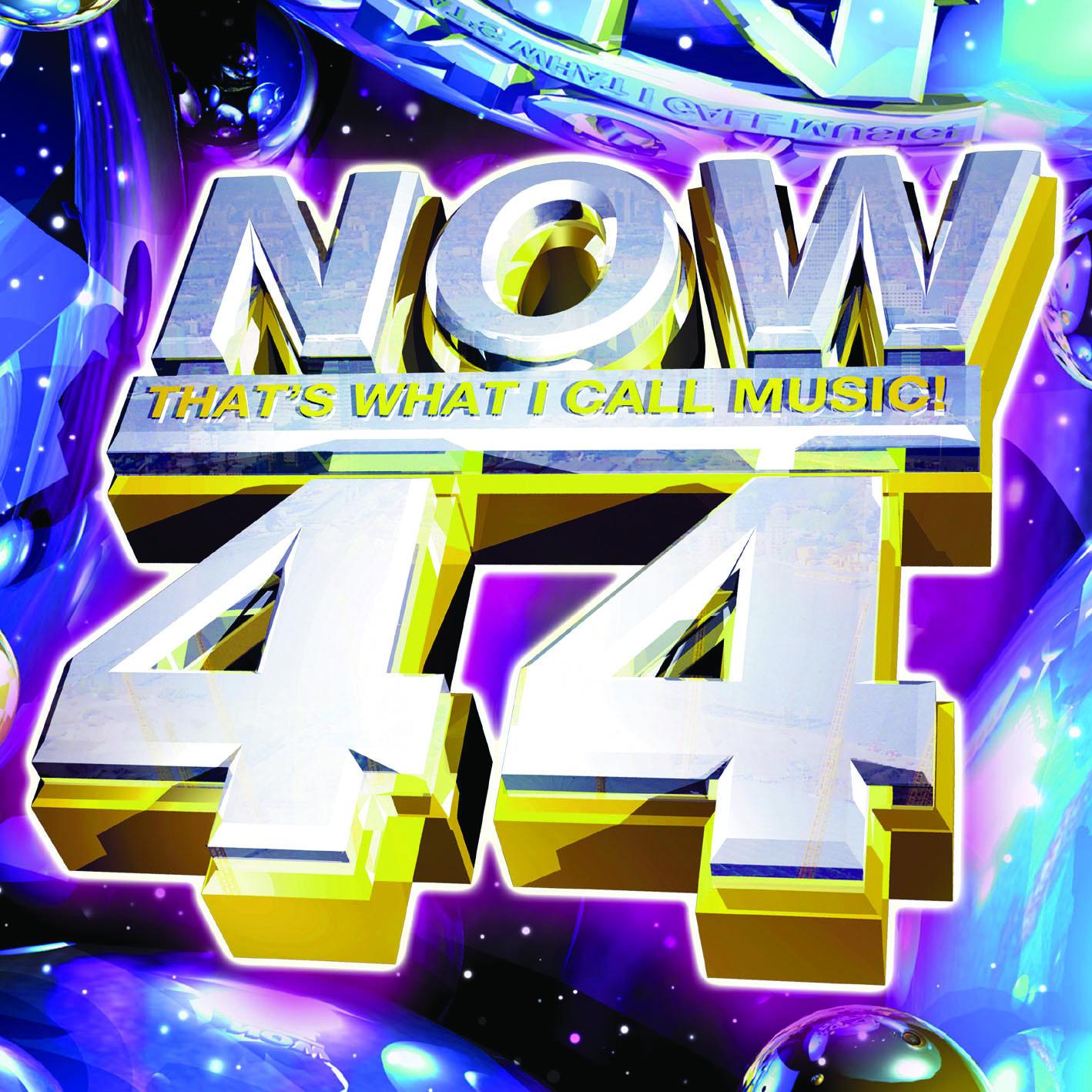
But as the 21st century approached, a digital iceberg appeared on the horizon. The necessity for compilation albums in an age where the listener could download any song they desired was, quite reasonably, questioned. The safe money was on the brand’s quick demise.
Yet in the age of personal curation that followed, Now!, perhaps the ultimate curator, would somehow come into its own. At the same time, the idea that the internet would render everything before it obsolete proved false; instead, we were in for an era of co-existence. Things weren’t replaced, simply enjoyed side by side.
Hence Now! CDs continue to be played in cars across the country, hours after their drivers have enjoyed a Spotify-assisted morning run and before they returned home to their Crosley turntables.
It’s that very same shift in trends that saw me, like many others, purchasing vinyl again as the Noughties ended. Once the Bowie, Beatles and Prince albums had been snapped up, I noticed a familiar face fallen on hard times in the corner of my local charity shop.
While the vinyl second-hand market partied hard, early vinyl copies of Now! were left pressed up against the window. Caught between BBC4 TOTP repeats and a 2018 need for tangibility, I could resist no more and slowly began re-collecting those first 16 editions: the same ones that had taught me the very basics of pop. But this time they were bigger and bolder than ever before.
So, I toast Now!’s 100th and celebrate them all again: “Two Tribes”, “Suburbia”, “Buffalo Stance”... the list goes on. All quite then, but still very much now.
‘Now That’s What I Call Music 100’ is released on 20 July
Join our commenting forum
Join thought-provoking conversations, follow other Independent readers and see their replies
Comments
Bookmark popover
Removed from bookmarks